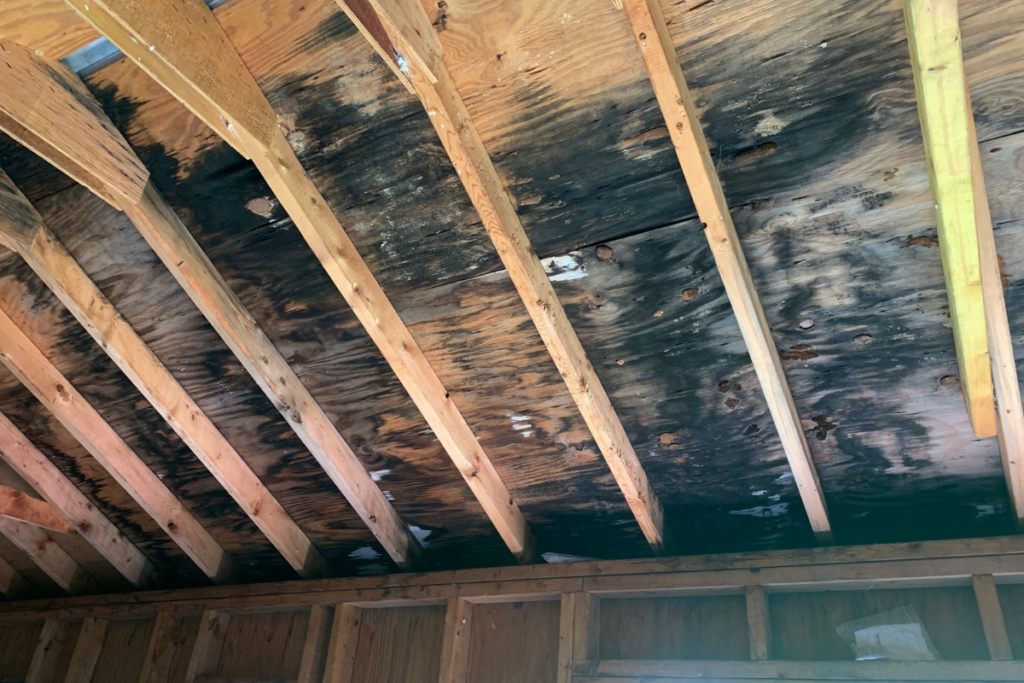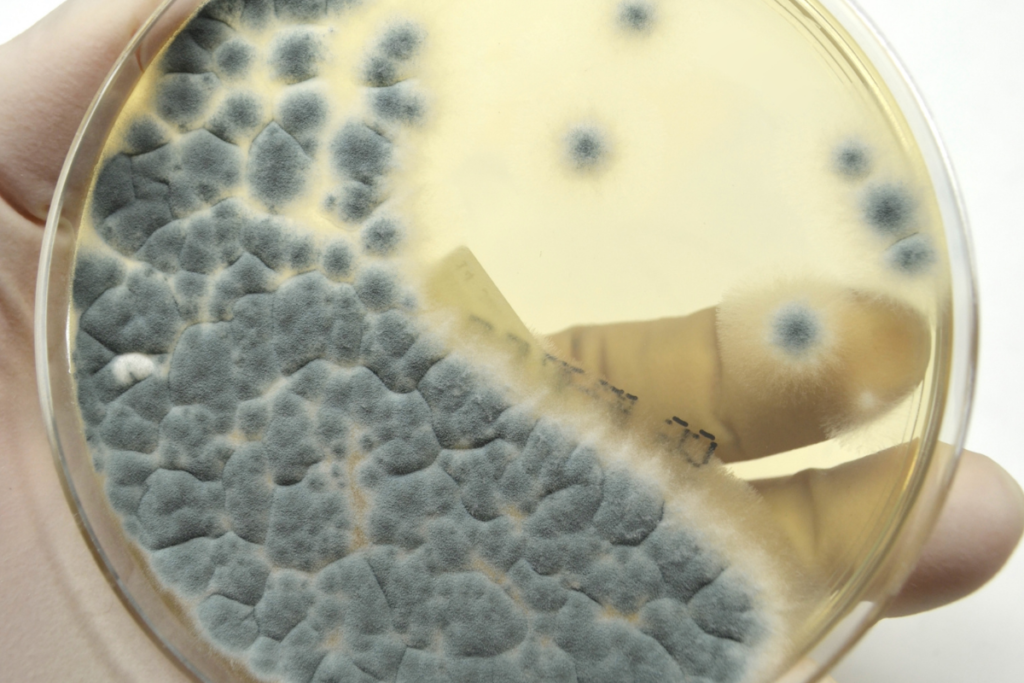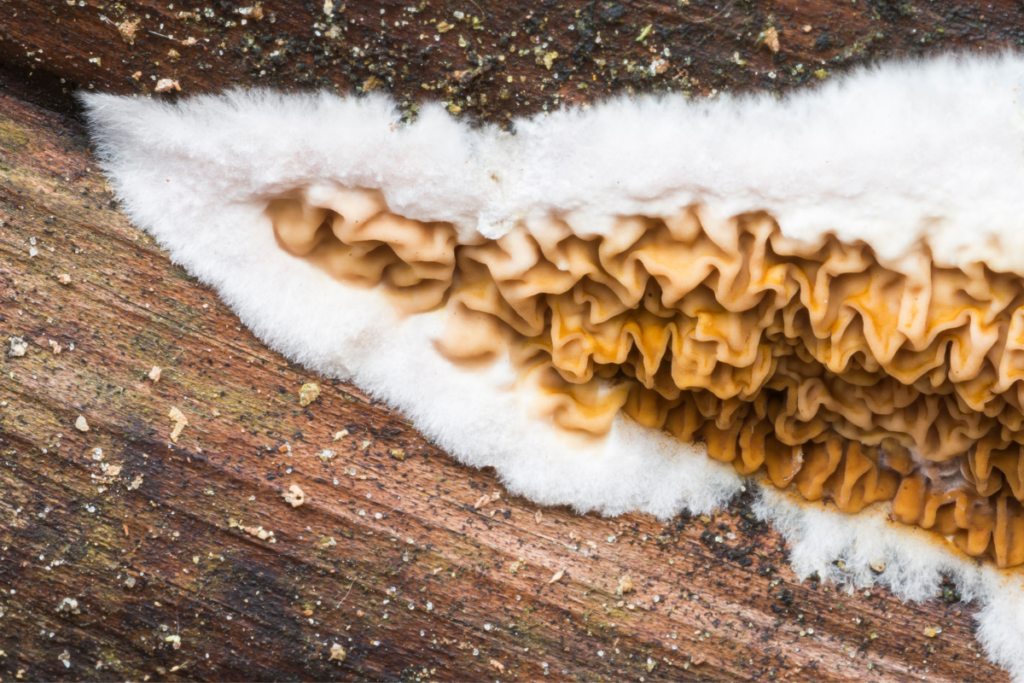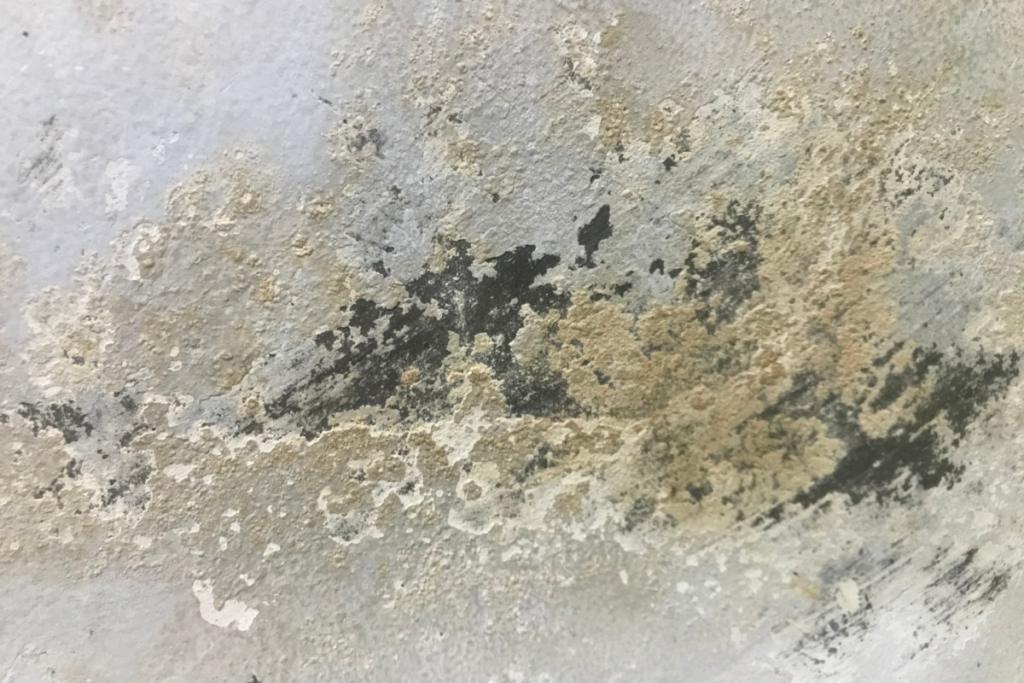5 Different Types of Mold Commonly Found in Homes
Household mold is a nightmare for homeowners and everyone living in the home. It’s an all too common occurrence that can lead to poor indoor air quality, affect the health of everyone living in the home, and negatively impact the home’s structural integrity.
Mold can come in a variety of shapes, sizes, and colors. Regardless of the type of mold present in your home, it’s a problem. Due to the health effects associated with mold growth and how hard it can be to fully remove, always call a trusted professional for help instead of trying to remove the problem yourself. When it comes to mold, it’s better to be safe rather than sorry.
There are three categories of mold that are often discussed: allergenic, pathogenic, and toxigenic. Allergenic molds are not toxic themselves but can trigger allergic reactions such as asthma. Pathogenic molds can trigger illnesses in people that are weakened by other causes. Toxigenic molds are the most dangerous because they create their own toxins that can lead to health problems, sometimes being lethal.
Molds are commonly found in moist areas such as underneath a sink, behind walls, in the laundry room, in the basement or crawl space, and more. Here are 5 common types of mold and ways you can identify them in your home:
1. Stachybotrys (Black mold)
Type: Toxigenic.
Where It’s Found: damp areas & ventilation systems
The toxigenic mold Stachybotrys has dozens of species, but two in particular are noteworthy. Toxic black molds include Stachybotrys chartarum and Stachybotrys chlorohalonata. These can occasionally be found indoors or in ventilation systems.
Both species are linked to poor indoor air quality, which is usually caused by too much moisture.

2. Penicillium
Type: Allergenic.
Where It’s Found: Anywhere with moisture
Although Penicillium notatum was the first source of life-saving antibiotics, you don’t want any kind of Penicillium growing in your home.
There are various species in this genus, which are bluish green in color and have a silky texture. It’s a mold that causes allergies. The spores are quickly spread via the air and can cause asthma and heart problems. Like other molds, Penicillium thrives in high-moisture environments.

3. Aspergillus
Type: Pathogenic.
Where It’s Found: In the air and HVAC systems, especially in water-damaged buildings.
Despite the fact that some Aspergillus species are non-toxic, they can cause allergic reactions, respiratory irritation, lung infections, and asthma. Other Aspergillus species are toxigenic and can create aflotoxins, which are compounds that can promote cancer growth.
Aspergillus fumigatus spores can be found all over the place in the air, and this species is considered harmful. It can be fatal for those with weakened immune systems. As with several other mold families, Aspergillus contains at least one helpful species for humans.

4. Serpula
Type: Allergenic.
Where It’s Found: Wooden (and not always particularly damp) structures.
Serpula lacrymans is an uncommon species that feeds nearly entirely on wooden constructions in the wild. It’s a mildly allergic mold that, while damaging, does not represent a significant health risk to humans.
You’ve witnessed dry rot in action if you observe a home frame that is always dry but crumbles to bits. Because of its capacity to infect and destroy wooden structures without significant amounts of moisture, the Latin word implies “creeping” (serpula) and “creating tears” (lacrymans).

5. Ulocladium
Type: Allergenic.
Where It’s Found: Damp appliances, bathrooms, drywall, carpet and more.
This allergic household mold can be found in damp areas like showers, bath tubs, or windows that are prone to condensation, as well as in appliances like dish and clothes washers. Refrigerators that dispense water and have a history of leaking hose connections may also be at risk.
While Ulocladium isn’t as hazardous as the famed “black mold,” the appearance of any mold should be cause for concern and action. Ulocladium can also be found on drywall and carpet, and it thrives in damp environments.

Working with Jersey Shore Crawlspace Enhancement
Regardless of the conditions within your crawl space, we can help! Our mold treatments & disinfection services are designed with the challenges of living here on the Jersey Shore in mind. Prior to any action being taken, we offer a comprehensive crawl space evaluation to monitor the moisture conditions within your crawl space, all the while ensuring that your home is not at risk for common issues such as poor drainage.
We perform this evaluation 3 times throughout the year to stay in front of seasonal issues, monitor the moisture conditions, and service your vents to ensure proper ventilation. With over 20 years of dedicated service for our fellow neighbors here on the shore, trust your crawl space with the Jersey Shore’s Crawlspace pros!
Complete the form below and one of our representatives will be in contact with you shortly to schedule your evaluation.
